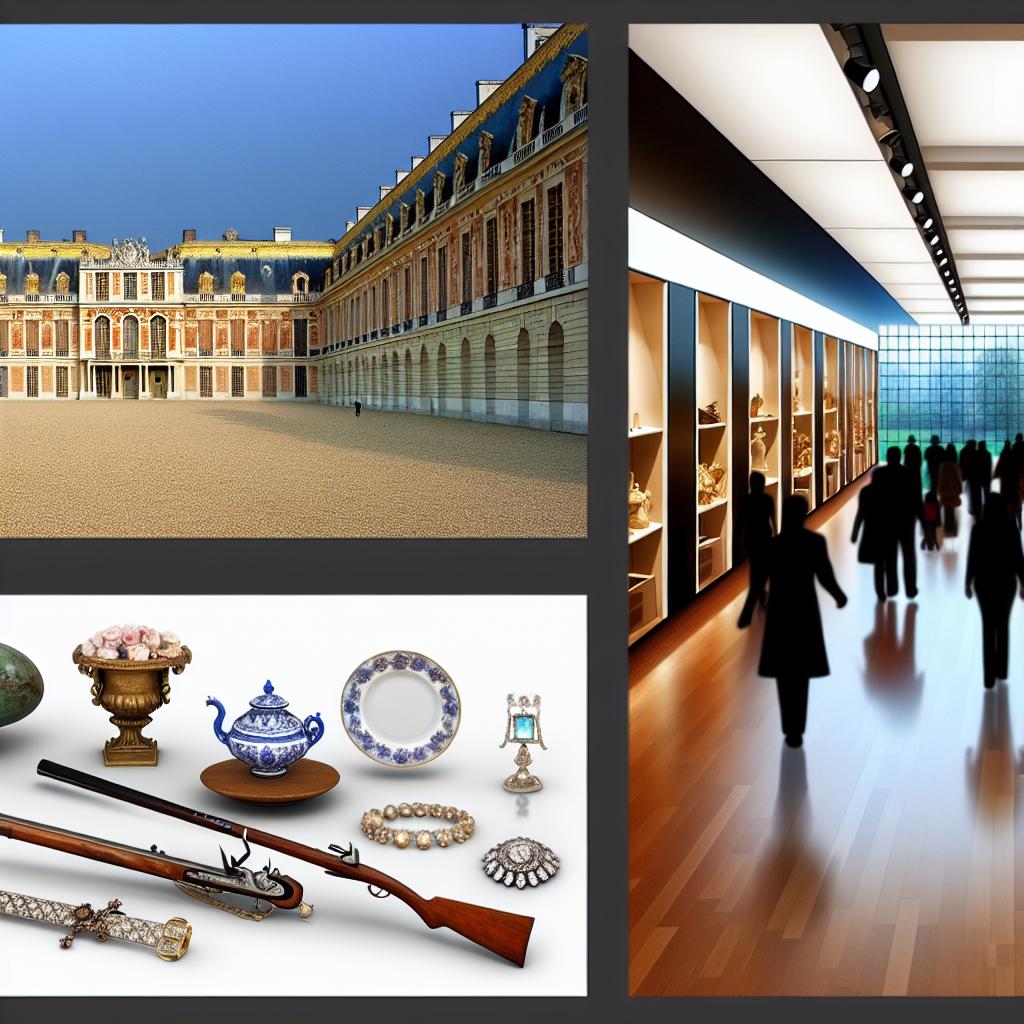The Significance of Royal Collections
Royal collections hold a significant place in the fabric of European museums, revealing much more than mere assemblages of art and artifacts. These collections, painstakingly gathered over hundreds of years, carry with them not only immense historical and artistic value but also a deep insight into the personal tastes and cultural interests of various monarchs and royal families throughout history. In Europe, royalty has historically been at the forefront as patrons of the arts, and their collections are reflective markers of the evolving European art scene, political shifts, and cultural exchanges over centuries.
Historical Background
The tradition of royal art collections stretches back through several centuries, forming an integral element of the rich tapestry of European cultural history. These collections initially served as manifestations of the power, wealth, and refined cultural sophistication of monarchs, who used them as tools to underline their rule and influence. Over time, many of these originally private collections became the foundations for some of today’s most renowned public museums. For example, the Museo del Prado in Madrid and the Louvre Museum in Paris boast collections that began as royal assemblages. These collections are diverse, encompassing paintings, sculptures, tapestries, and other unique artifacts, which were often acquired through a mix of commissions, gifts from other leaders, or, at times, conquests.
The Role of Patronage
Royal patronage played a pivotal role in the creation and expansion of these collections. Throughout history, influential monarchs such as Henry VIII of England and Louis XVI of France have been recognized as notable patrons who commissioned numerous works from the most renowned artists of their eras. This extensive patronage not only enriched royal collections but also provided a significant platform for artists to achieve recognition and financial stability. The artworks produced under such patronage offer a comprehensive record, capturing the prevailing artistic styles, themes, and trends that characterized different epochs in European history.
Preservation and Public Access
A substantial transformation observed over time is the shift in royal collections from private treasures to public heritages. As the political influence of monarchies across Europe began to wane, many royal collections were transferred into public ownership, eventually becoming essential parts of public museums. This transition played a crucial role in democratizing access to some of the world’s most exemplary artworks, allowing people from various walks of life to engage with and appreciate pieces of immense cultural and historical significance. For instance, the British monarchy’s extensive collections have been integrated into the public domain through the Royal Collection Trust, providing broader access to these cultural treasures.
Contemporary Relevance
The legacy of royal collections remains vibrant and continually relevant in today’s context. These collections are not only protected and studied to gain a deeper understanding of art’s role in societal and political spheres throughout history but also serve as vital educational resources. They are frequently highlighted in special exhibitions that explore the dialogues between historical and contemporary art practices, offering audiences a unique perspective on the ongoing evolution of artistic expression. By showcasing past glories and inviting fresh interpretations, royal collections continue to inspire and captivate audiences worldwide.
Royal collections in European museums offer a unique convergence of art, history, and monarchy, embodying a shared heritage that continues to be of global cultural importance. These collections, through dedicated curation and stewardship, maintain a critical link to the past, while simultaneously serving as invaluable resources for education, scholarly research, and cultural appreciation. Thus, royal collections remain a testament to human creativity and the intertwining narratives of art and history.

